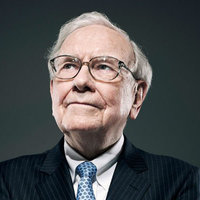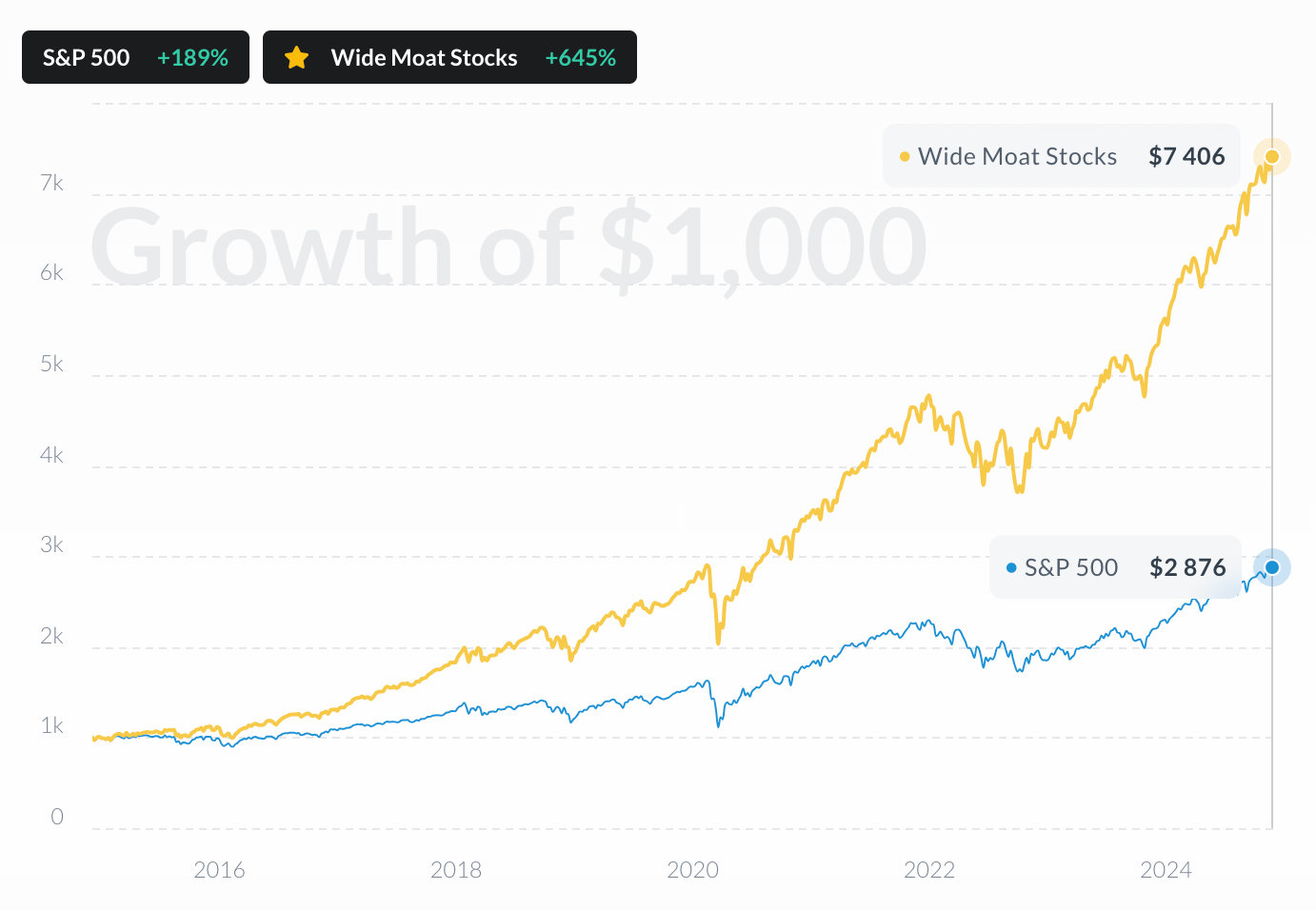
Bucher Industries AG
SIX:BUCN


| US |

|
Johnson & Johnson
NYSE:JNJ
|
Pharmaceuticals
|
| US |
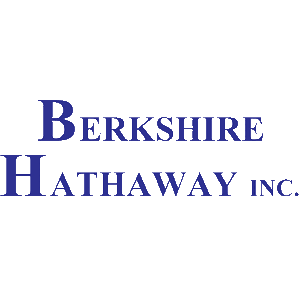
|
Berkshire Hathaway Inc
NYSE:BRK.A
|
Financial Services
|
| US |

|
Bank of America Corp
NYSE:BAC
|
Banking
|
| US |

|
Mastercard Inc
NYSE:MA
|
Technology
|
| US |

|
UnitedHealth Group Inc
NYSE:UNH
|
Health Care
|
| US |

|
Exxon Mobil Corp
NYSE:XOM
|
Energy
|
| US |

|
Pfizer Inc
NYSE:PFE
|
Pharmaceuticals
|
| US |

|
Palantir Technologies Inc
NYSE:PLTR
|
Technology
|
| US |

|
Nike Inc
NYSE:NKE
|
Textiles, Apparel & Luxury Goods
|
| US |
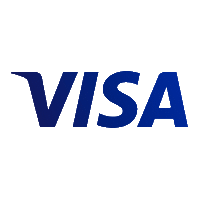
|
Visa Inc
NYSE:V
|
Technology
|
| CN |

|
Alibaba Group Holding Ltd
NYSE:BABA
|
Retail
|
| US |

|
JPMorgan Chase & Co
NYSE:JPM
|
Banking
|
| US |

|
Coca-Cola Co
NYSE:KO
|
Beverages
|
| US |
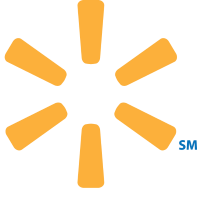
|
Walmart Inc
NYSE:WMT
|
Retail
|
| US |

|
Verizon Communications Inc
NYSE:VZ
|
Telecommunication
|
| US |

|
Chevron Corp
NYSE:CVX
|
Energy
|
Utilize notes to systematically review your investment decisions. By reflecting on past outcomes, you can discern effective strategies and identify those that underperformed. This continuous feedback loop enables you to adapt and refine your approach, optimizing for future success.
Each note serves as a learning point, offering insights into your decision-making processes. Over time, you'll accumulate a personalized database of knowledge, enhancing your ability to make informed decisions quickly and effectively.
With a comprehensive record of your investment history at your fingertips, you can compare current opportunities against past experiences. This not only bolsters your confidence but also ensures that each decision is grounded in a well-documented rationale.
Do you really want to delete this note?
This action cannot be undone.

| 52 Week Range |
316
409
|
| Price Target |
|
We'll email you a reminder when the closing price reaches CHF.
Choose the stock you wish to monitor with a price alert.

|
Johnson & Johnson
NYSE:JNJ
|
US |

|
Berkshire Hathaway Inc
NYSE:BRK.A
|
US |

|
Bank of America Corp
NYSE:BAC
|
US |

|
Mastercard Inc
NYSE:MA
|
US |

|
UnitedHealth Group Inc
NYSE:UNH
|
US |

|
Exxon Mobil Corp
NYSE:XOM
|
US |

|
Pfizer Inc
NYSE:PFE
|
US |

|
Palantir Technologies Inc
NYSE:PLTR
|
US |

|
Nike Inc
NYSE:NKE
|
US |

|
Visa Inc
NYSE:V
|
US |

|
Alibaba Group Holding Ltd
NYSE:BABA
|
CN |

|
JPMorgan Chase & Co
NYSE:JPM
|
US |

|
Coca-Cola Co
NYSE:KO
|
US |

|
Walmart Inc
NYSE:WMT
|
US |

|
Verizon Communications Inc
NYSE:VZ
|
US |

|
Chevron Corp
NYSE:CVX
|
US |
This alert will be permanently deleted.
Intrinsic Value
The intrinsic value of one
 BUCN
stock under the Base Case scenario is
hidden
CHF.
Compared to the current market price of 368 CHF,
Bucher Industries AG
is
hidden
.
BUCN
stock under the Base Case scenario is
hidden
CHF.
Compared to the current market price of 368 CHF,
Bucher Industries AG
is
hidden
.
The Intrinsic Value is calculated as the average of DCF and Relative values:
Valuation History
Bucher Industries AG

BUCN looks undervalued. But is it really? Some stocks live permanently below intrinsic value; one glance at Historical Valuation reveals if BUCN is one of them.
Learn how current stock valuations stack up against historical averages to gauge true investment potential.

Let our AI compare Alpha Spread’s intrinsic value with external valuations from Simply Wall St, GuruFocus, ValueInvesting.io, Seeking Alpha, and others.
Let our AI break down the key assumptions behind the intrinsic value calculation for Bucher Industries AG.
| US |

|
Caterpillar Inc
NYSE:CAT
|
|
| US |

|
Cummins Inc
NYSE:CMI
|
|
| SE |
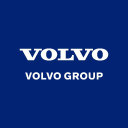
|
Volvo AB
STO:VOLV B
|
|
| US |

|
Paccar Inc
NASDAQ:PCAR
|
|
| US |

|
Westinghouse Air Brake Technologies Corp
NYSE:WAB
|
|
| CN |
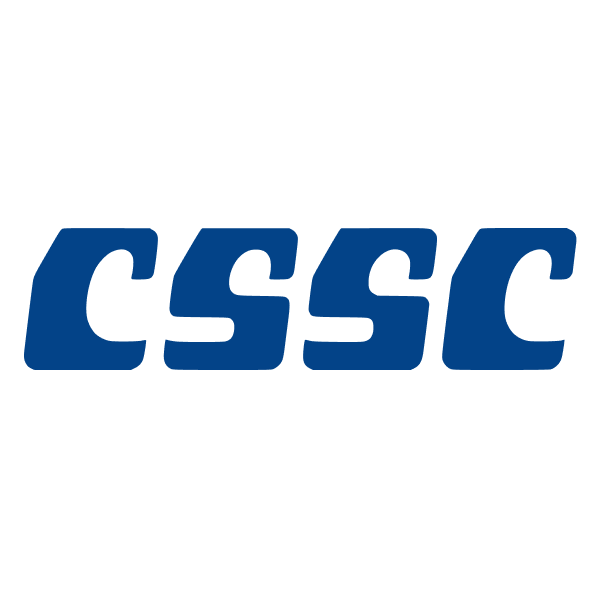
|
China CSSC Holdings Ltd
SSE:600150
|
|
| DE |

|
Daimler Truck Holding AG
XETRA:DTG
|
|
| JP |

|
Toyota Industries Corp
TSE:6201
|
|
| KR |
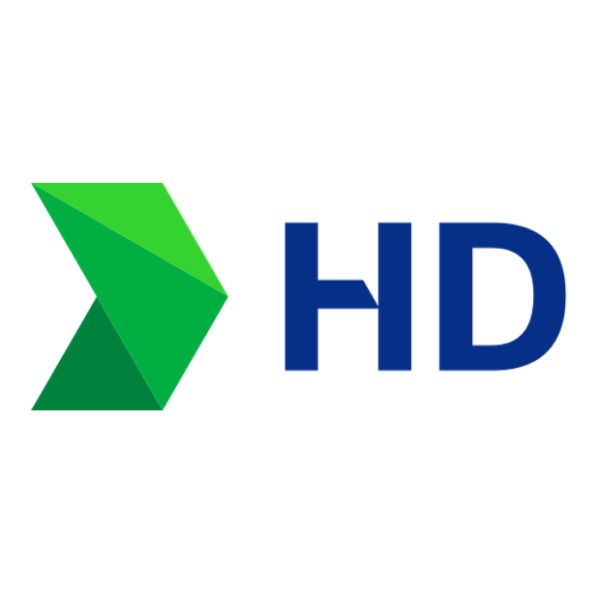
|
Hyundai Heavy Industries Co Ltd
KRX:329180
|
|
| JP |

|
Komatsu Ltd
TSE:6301
|
Fundamental Analysis
Select up to 3 indicators:
Select up to 3 indicators:

Revenue & Expenses Breakdown
Bucher Industries AG

Balance Sheet Decomposition
Bucher Industries AG

| Current Assets | 1.9B |
| Cash & Short-Term Investments | 371.4m |
| Receivables | 646.9m |
| Other Current Assets | 856.4m |
| Non-Current Assets | 817.4m |
| Long-Term Investments | 21.4m |
| PP&E | 698.6m |
| Intangibles | 23.8m |
| Other Non-Current Assets | 73.6m |
| Current Liabilities | 794.9m |
| Accounts Payable | 253.8m |
| Other Current Liabilities | 541.1m |
| Non-Current Liabilities | 94.6m |
| Long-Term Debt | 20.9m |
| Other Non-Current Liabilities | 73.7m |
Free Cash Flow Analysis
Bucher Industries AG

| CHF | |
| Free Cash Flow | CHF |
Earnings Waterfall
Bucher Industries AG

|
Revenue
|
3B
CHF
|
|
Cost of Revenue
|
-1.5B
CHF
|
|
Gross Profit
|
1.5B
CHF
|
|
Operating Expenses
|
-1.2B
CHF
|
|
Operating Income
|
282.9m
CHF
|
|
Other Expenses
|
-57.4m
CHF
|
|
Net Income
|
225.5m
CHF
|
BUCN Profitability Score
Profitability Due Diligence

Bucher Industries AG's profitability score is hidden . The higher the profitability score, the more profitable the company is.

Score
Bucher Industries AG's profitability score is hidden . The higher the profitability score, the more profitable the company is.
BUCN Solvency Score
Solvency Due Diligence

Bucher Industries AG's solvency score is hidden . The higher the solvency score, the more solvent the company is.

Score
Bucher Industries AG's solvency score is hidden . The higher the solvency score, the more solvent the company is.
Wall St
Price Targets
BUCN Price Targets Summary
Bucher Industries AG

According to Wall Street analysts, the average 1-year price target for
 BUCN
is 426.62 CHF
with a low forecast of 398.95 CHF and a high forecast of 470.4 CHF.
BUCN
is 426.62 CHF
with a low forecast of 398.95 CHF and a high forecast of 470.4 CHF.
Dividends
Current shareholder yield for  BUCN is
hidden
.
BUCN is
hidden
.
Shareholder yield represents the total return a company provides to its shareholders, calculated as the sum of dividend yield, buyback yield, and debt paydown yield. What is shareholder yield?
The intrinsic value of one
 BUCN
stock under the Base Case scenario is
hidden
CHF.
BUCN
stock under the Base Case scenario is
hidden
CHF.
Compared to the current market price of 368 CHF,
 Bucher Industries AG
is
hidden
.
Bucher Industries AG
is
hidden
.










